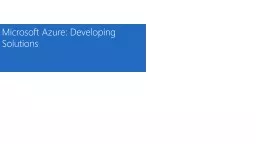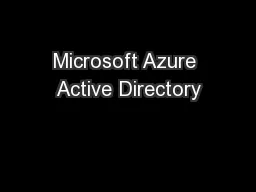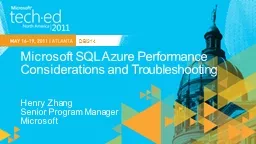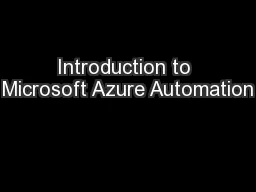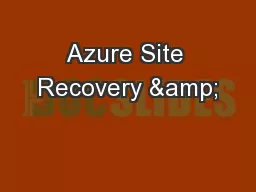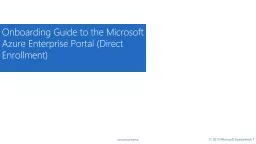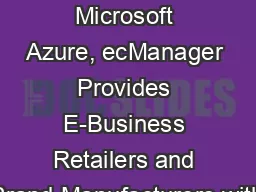PPT-Microsoft Azure: Developing Solutions
Author : kittie-lecroy | Published Date : 2018-09-19
Active Directory DirectX Internet Explorer Lync Microsoft Microsoft Corporate Logo MSDN Office 365 Outlook SharePoint SkyDrive Visual Studio Windows
Presentation Embed Code
Download Presentation
Download Presentation The PPT/PDF document "Microsoft Azure: Developing Solutions" is the property of its rightful owner. Permission is granted to download and print the materials on this website for personal, non-commercial use only, and to display it on your personal computer provided you do not modify the materials and that you retain all copyright notices contained in the materials. By downloading content from our website, you accept the terms of this agreement.
Microsoft Azure: Developing Solutions: Transcript
Download Rules Of Document
"Microsoft Azure: Developing Solutions"The content belongs to its owner. You may download and print it for personal use, without modification, and keep all copyright notices. By downloading, you agree to these terms.
Related Documents

